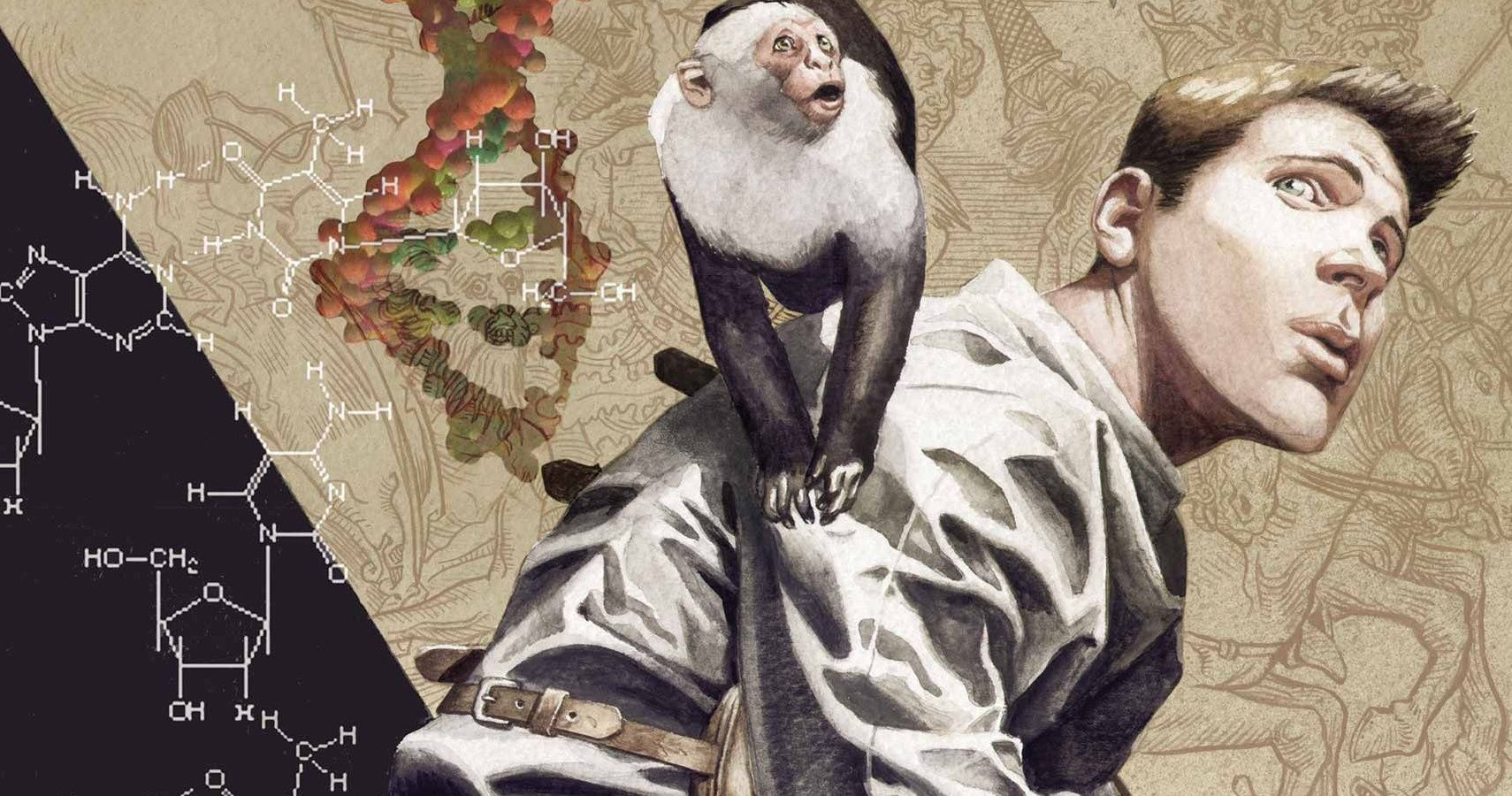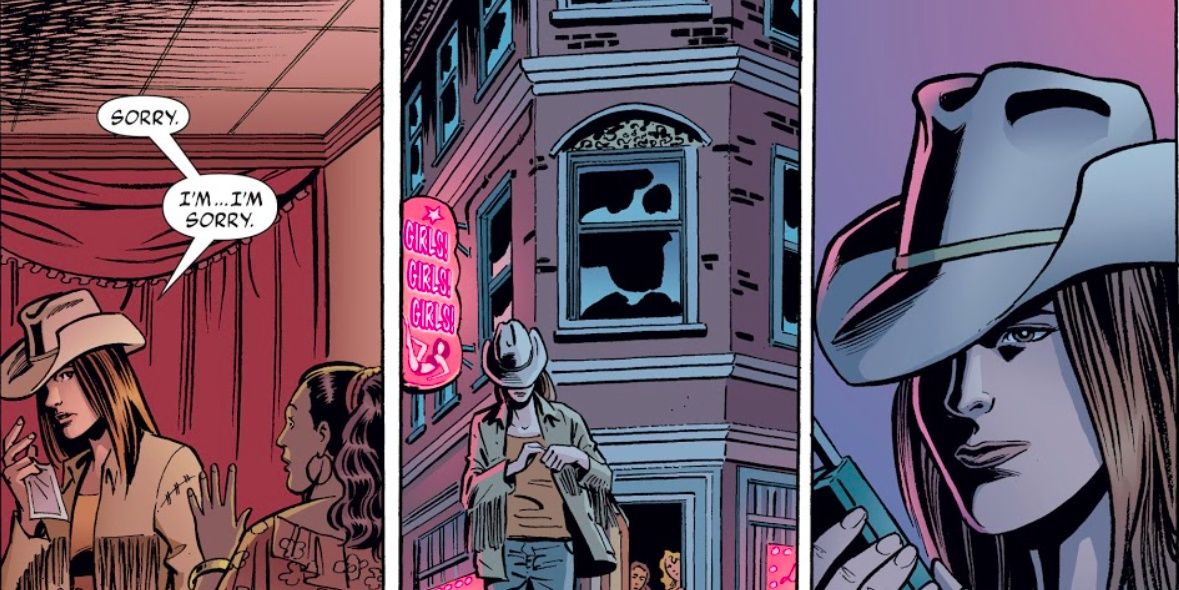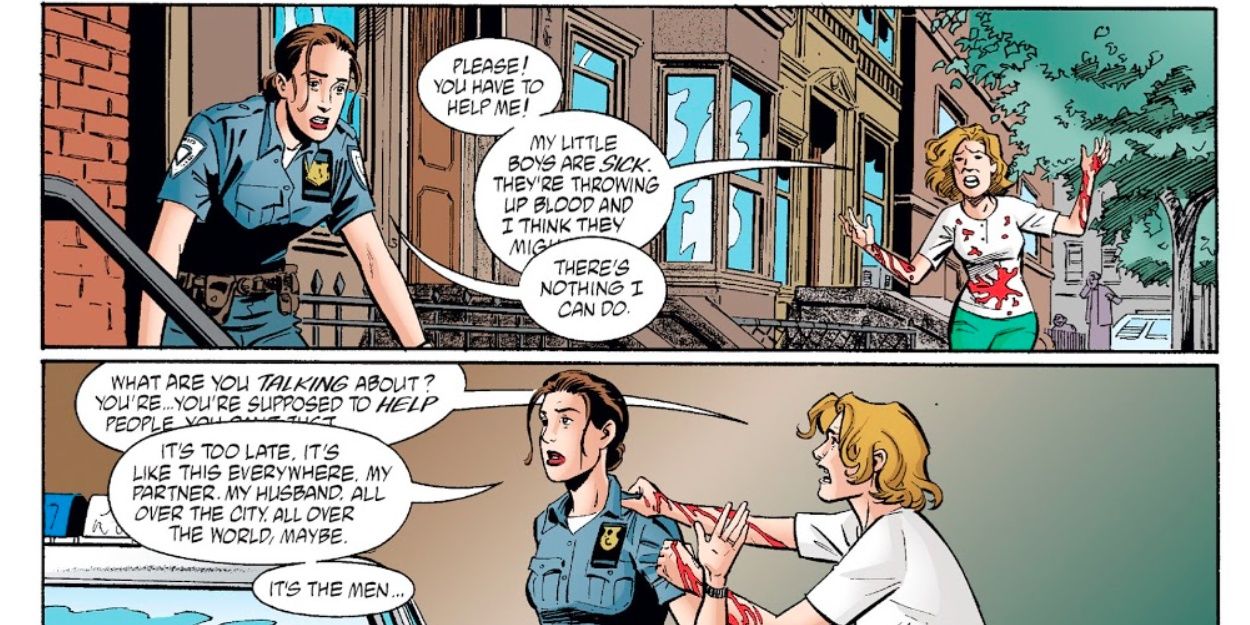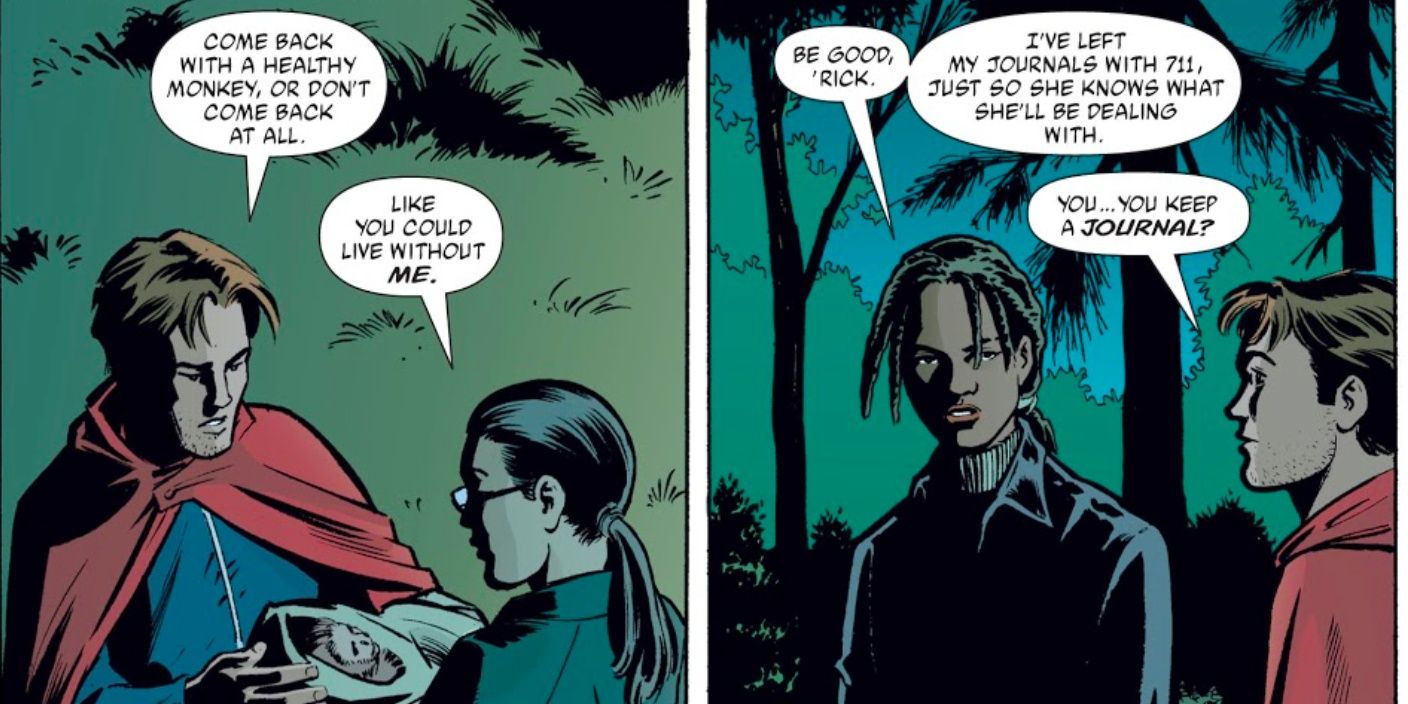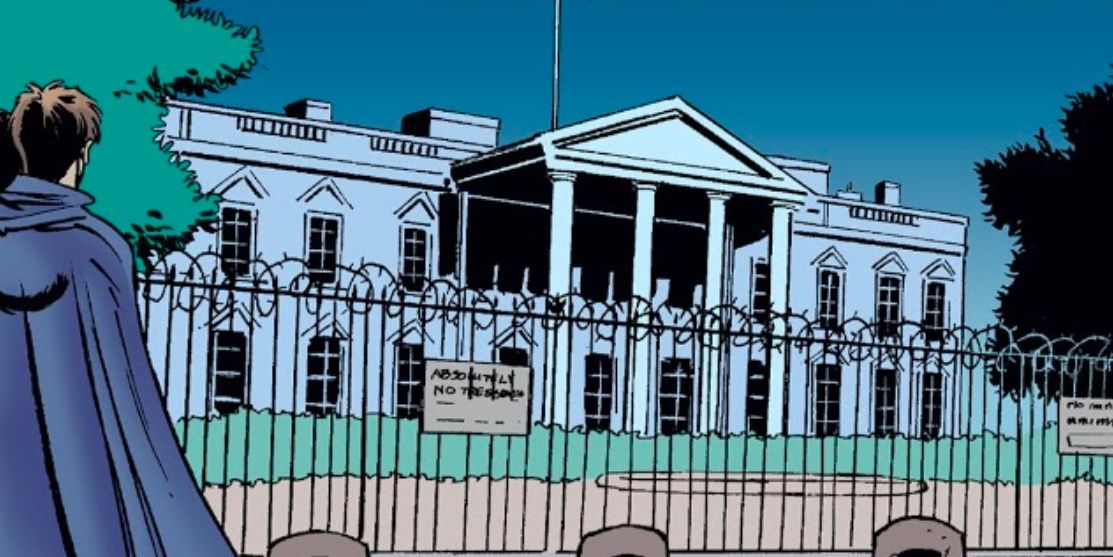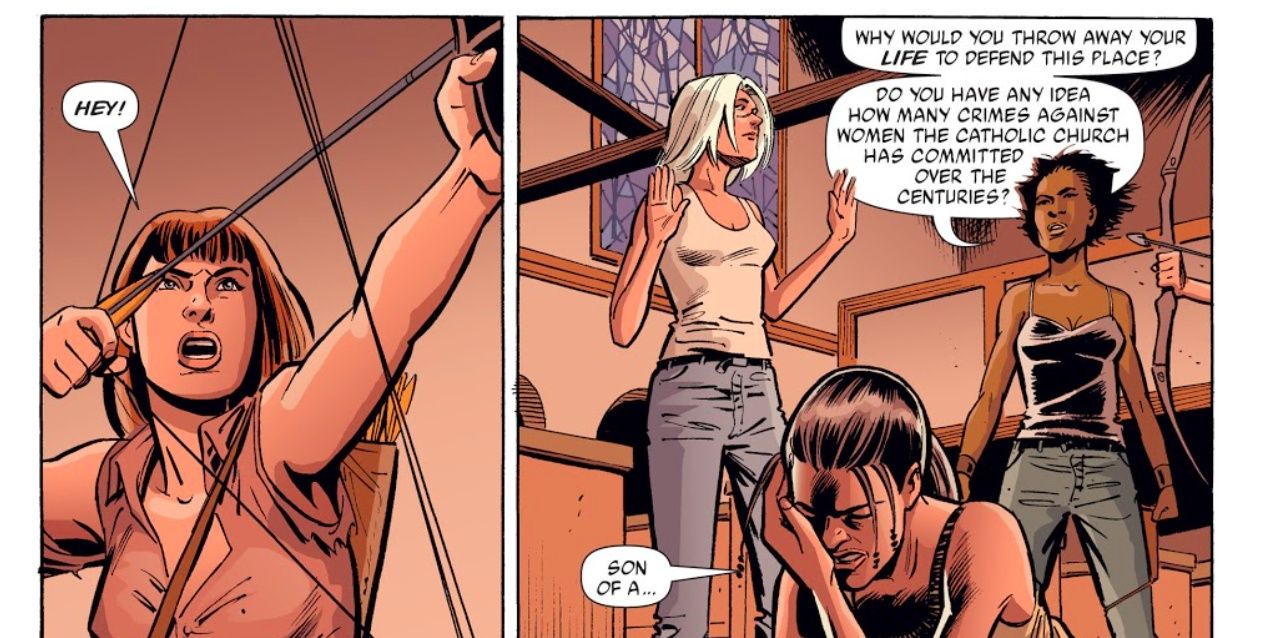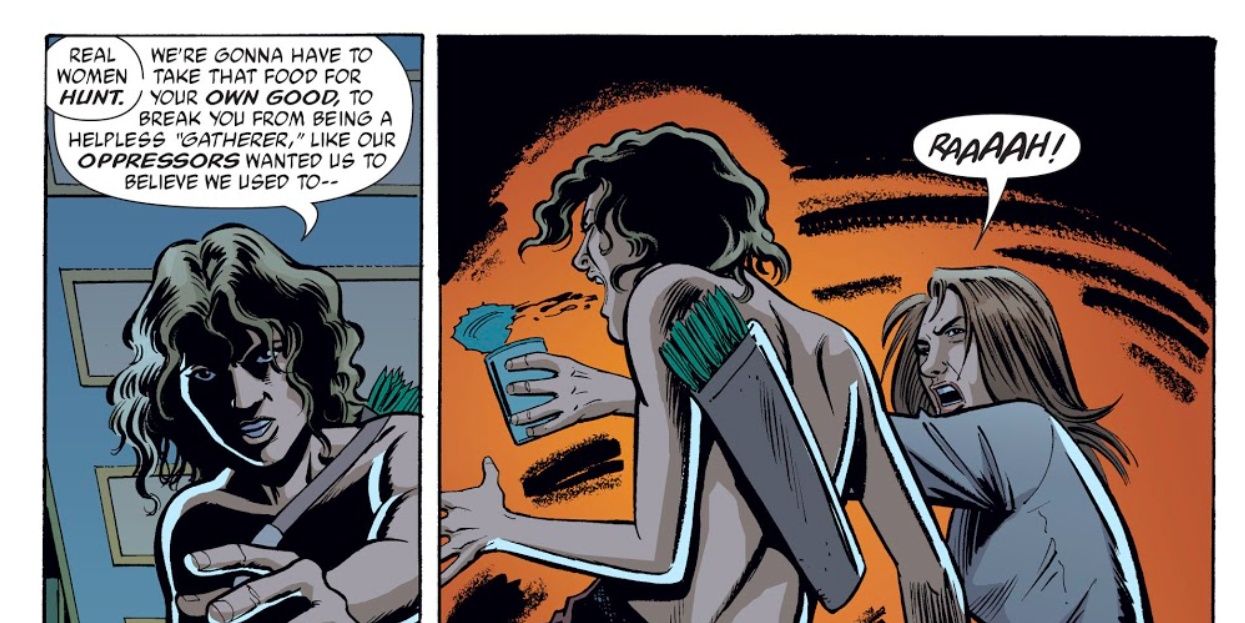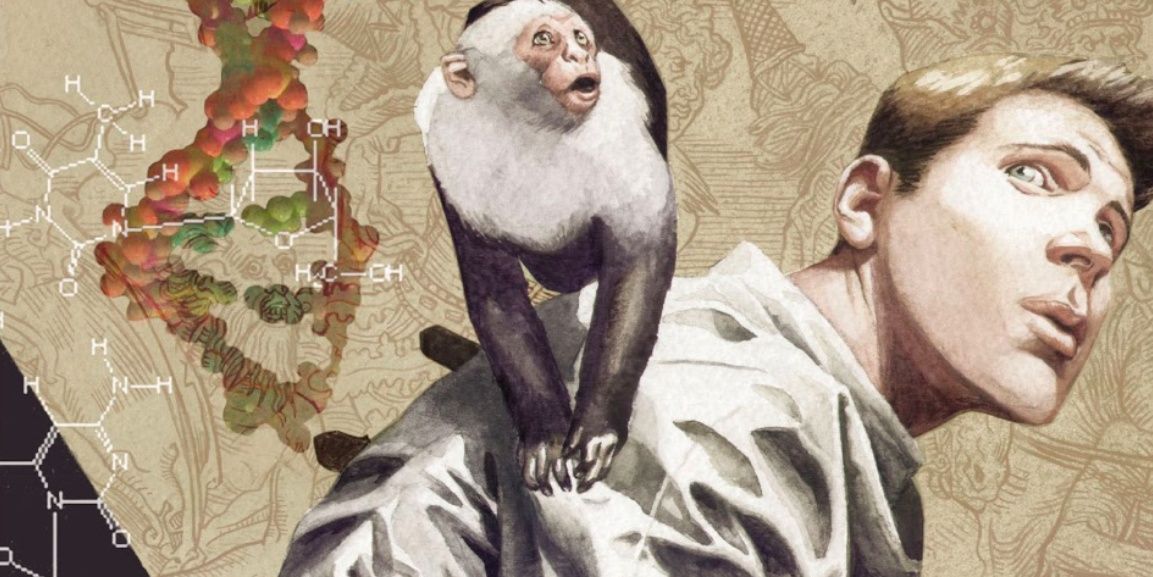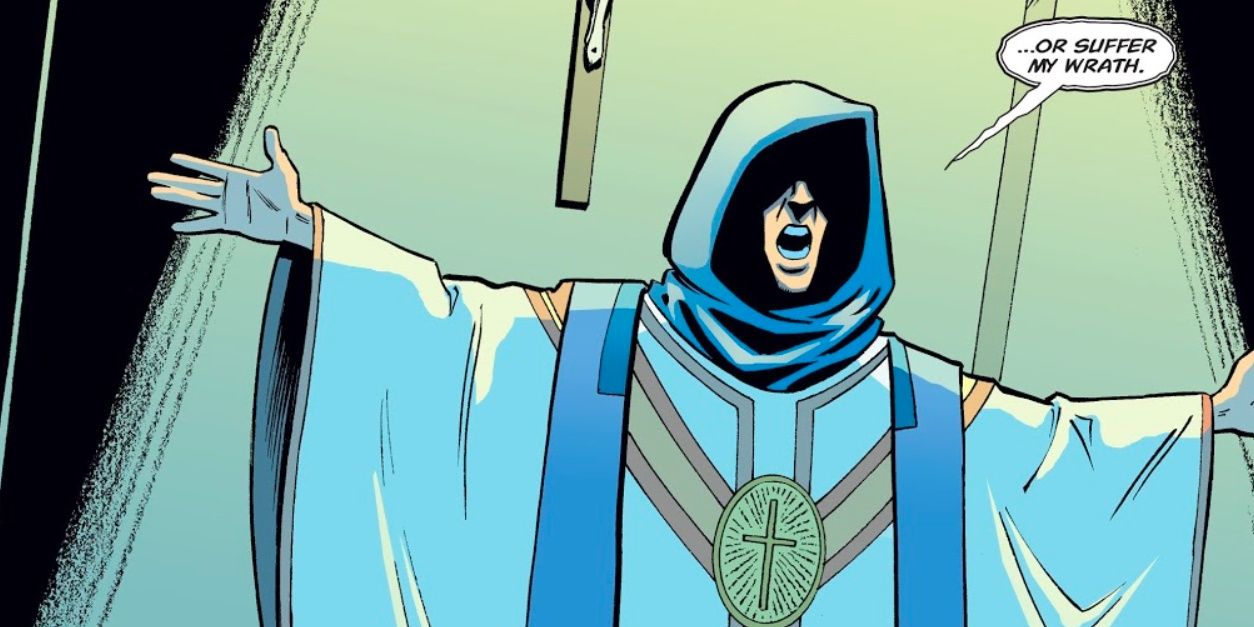Nearly twenty years after its initial release, the fan-favorite comic Y: The Last Man is in production to become a TV series on FX. This smart post-apocalyptic series has had some delays in its filming schedule due to the global pandemic--a tragic irony that is nonetheless thematically resonant with some of the themes of the show.
Created by Saga-writer Brian Vaughan and artist Pia Guerra (known for her work at the The New Yorker and The Nib), this revolutionary series feels incredibly relevant, making this the perfect time to adapt it. Here are ten things to know about Y: The Last Man before it comes out on FX:
It Was a Comic
Hollywood is always looking for new ideas. Frequently, the best movies and TV shows are adapted from books, including comic books. Y: The Last Man is a comic book series.
Its original medium is important, as the visual nature of comics make them easy to adapt to the screen, while the long format of Y's ongoing story makes it translate well into the episodic nature of a TV show.
The Premise
In the first issue of Y, every mammal with a Y chromosome on the planet dies at the same time--every one except for the main character, Yorick. The story follows Yorick as he crosses the country to the lab of a major geneticist, where it is hoped he can be cloned to make more men before humans go extinct.
This is as much a show about Yorick's journey as it is a post-apocalyptic political thriller. Most pilots are men. Nuclear submarines are operated by men. The patriarchal nature of society means that without men, society collapses. The story comes from seeing what comes next.
Characters
The main character of the series is Yorick Brown, a young man with an English degree, a love of escape artistry, a big heart, and an even bigger mouth. He is accompanied by his pet monkey Ampersand, a secret agent known only as 355, and the geneticist Dr. Allison Mann as the three travel across the post-apocalyptic hellscape of the United States.
There are a number of other characters of note, but these are the main ones worth remembering. The success of the series will depend on how well these characters are portrayed.
Product of its Time
While Y is an incredibly forward-thinking series, it is still a product of the early 2000s. Homophobic slurs are casually used and while the series does work to be trans-inclusive, the name "last man" has a certain TERF-y biological exclusivisim to it that suggests transmen are not "real men."
The writer of the series, Brian Vaughan, is a supporter of women's rights and an LGBTQ+ ally, something consistent in his work. However, the source material is not without a few problematic elements, based on when it was written. Other issues come from the tone, which reflects many of the sensibilities of the post-9/11 world.
Real-World Stats
This ties into the last point, but a major theme about Y is an examination of how the world would function based on the gender disparities of the real world. Women are excluded from some fields of work. They are also underrepresented in many careers.
A major plot point early in the comic concerns the women whose wives had been Republican Congressmen in the United States House and Senate. Because the Democratic Party had more women in it, the Democrats essentially gained control of the government, prompting Republican women to try to redress this imbalance of power. Such statistics would need to be updated for the modern TV show, but are a key aspect of the story's realism.
No Single Answer
The event that kills off the men and people assigned male at birth in the series is never given a single explanation. It is given many.
Without spoiling details, there is a major scientific revelation that is one reason for the mass gendercide. Another possible answer is mystical. Faith and science are both treated respectably as serious possibilities, but this means that anyone hoping for a simple answer will be frustrated.
Feminism vs. Female Supremacy
One of the easiest ways to get into an argument on the internet is to bring up the word "feminism" and watch how people tear into one another about what they think it means. In its broadest and most widely understood context, feminism is the idea that women are equal to men, and the system of beliefs, theories, and movements meant to understand and redress the unequal treatment of women in society.
Y is a feminist text. Among the villains of the series are female supremacists (a group different from feminists) and trans-exclusive radical feminists, also known as TERFs (whose ideology is rejected by most fields of feminist thought for being bigoted).
Clones
At the time Y: The Last Man was released, cloning was a hot topic in political discussions. Then-President George W. Bush had made his opposition to stem cell research a key part of his campaign platform and the idea that humans could make other humans in a lab was controversial.
How these discussions are adapted into the discourse of the TV show will be interesting to see, but a major element of the story focuses on one congresswoman whose thinking changes. Before the gendercide, she opposed cloning, but afterwards, she changed her beliefs for the sake of human survival.
Literary References
Y: The Last Man is filled with literary references. Most of them will not be familiar to casual audiences and that is fine.
The one literary reference worth knowing is The Last Man, a novel by Mary Shelley, the author who invented all of science fiction when she wrote the novel Frankenstein. This dystopian apocalyptic story is thematically relevant to Y for a number of reasons, among them that it takes place in the 21st Century after a plague ravages the world.
How to Buy the Comics
Y: The Last Man was a monthly comic that ran for sixty issues. It has been reprinted in two formats.
The first format divides the story into ten volumes, each of which contains approximately five issues (which can be thought of as chapters). Since them, the series has been reprinted in "Deluxe Editions" which contain approximately ten issues each. While the five-issue collections are counted as "volumes" (vol. 1, vol. 2, etc.,) the larger Deluxe Editions are numbered as "Books" (Book One, Book Two, etc.,). These can be purchased online at retailers like InstockTrades.com or other booksellers, but are also for sale at local comic book shops.

